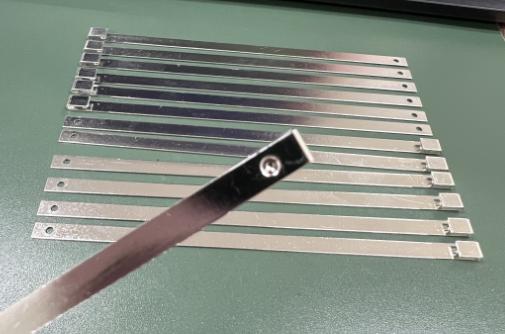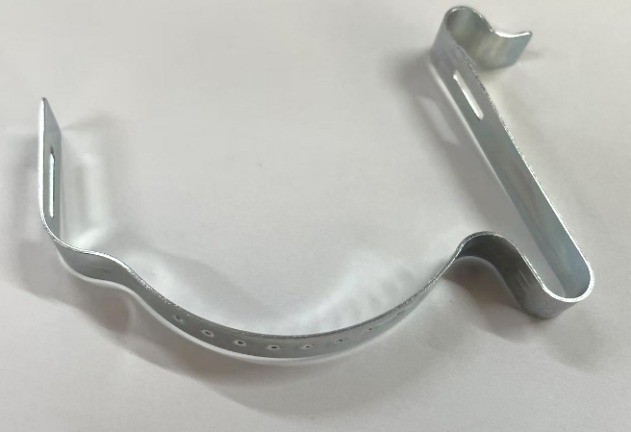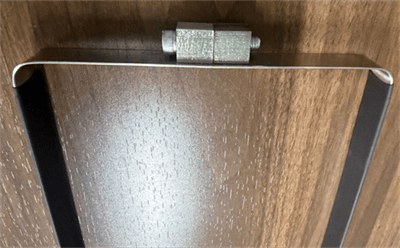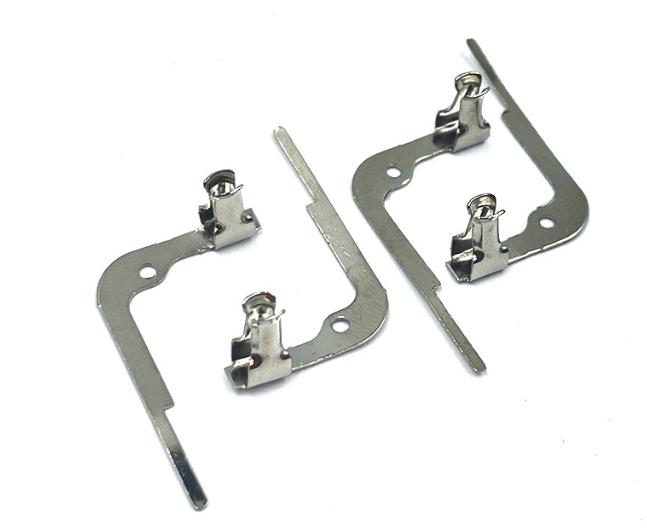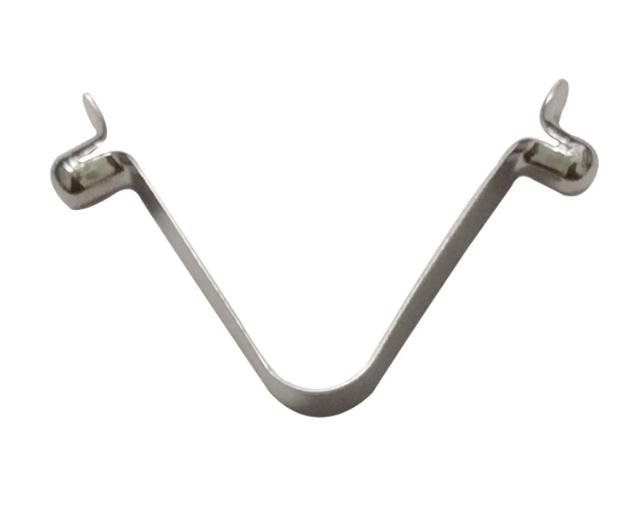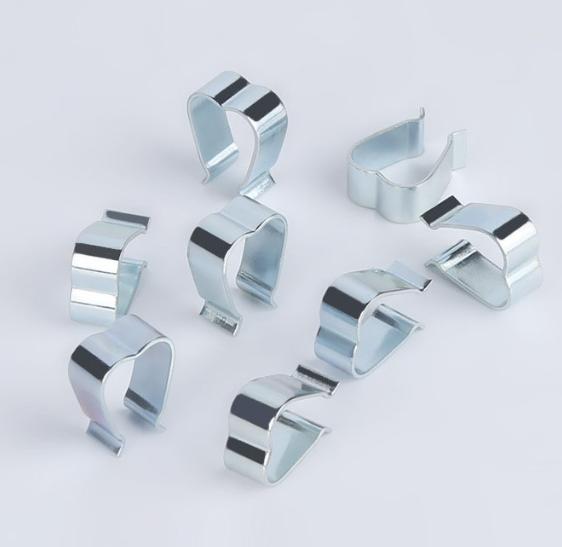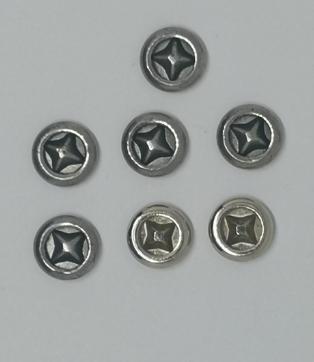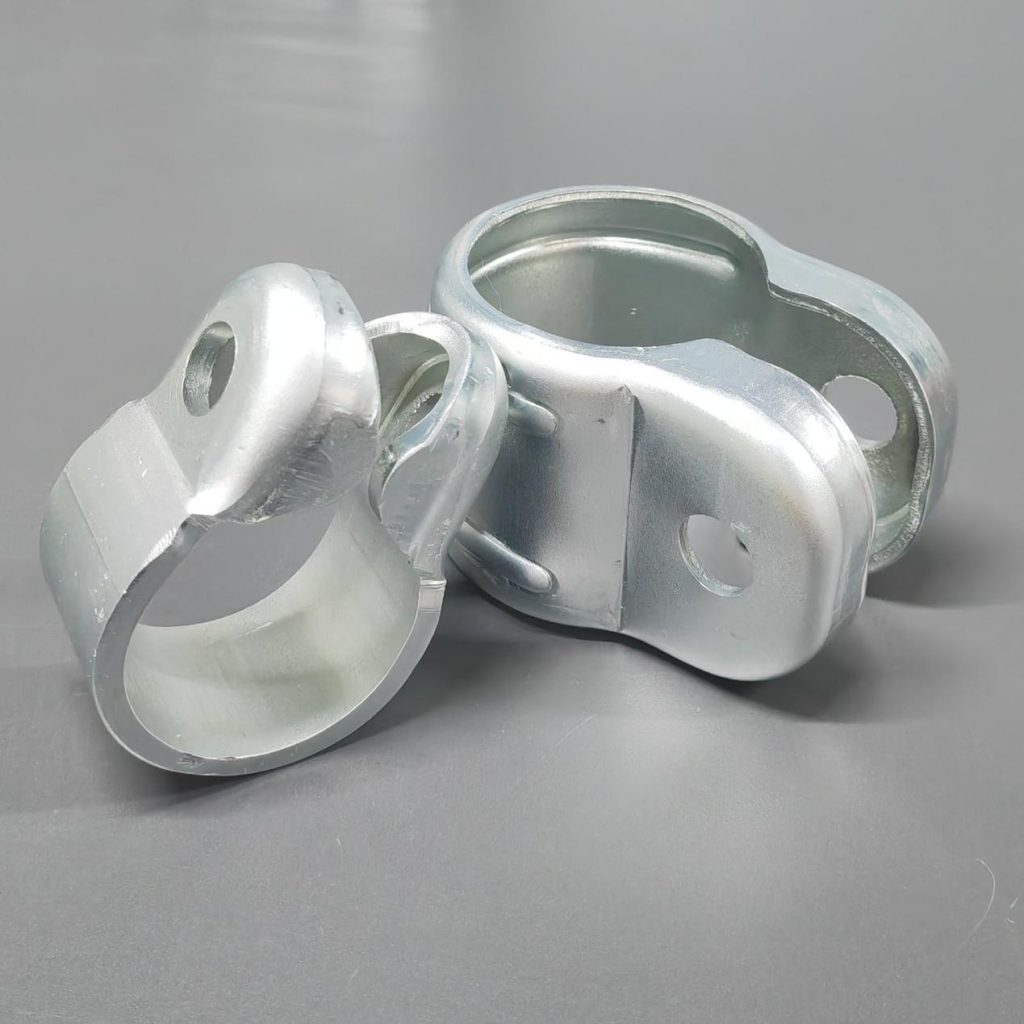Exploring the Characteristics of Metal Stamping Parts: Critical in Diverse Industries
Metal stamping parts play a crucial role in our daily lives, shaping various materials like sheets, strips, pipes, and profiles using pressure machines and molds. These components exhibit distinct characteristics that set them apart from other manufacturing processes like casting and forging. In this article, we will explore the features, material requirements, and diverse applications of metal stamping parts in different industries.
Characteristics of Metal Stamping Parts
Compared to castings and forgings, precision stamping parts possess thin, uniform, lightweight, and strong attributes. The precision molds used in stamping enable the production of components with enhanced rigidity through features like ribs, flanges, undulations, or flaring—difficult to achieve with alternative methods. The use of precision molds ensures micron-level accuracy, high repeatability, and consistent specifications. Metal stamping can create punched holes, recesses, protrusions, and more. The surface and internal properties of the sheet metal used in stamping significantly impact the quality of the stamped products.
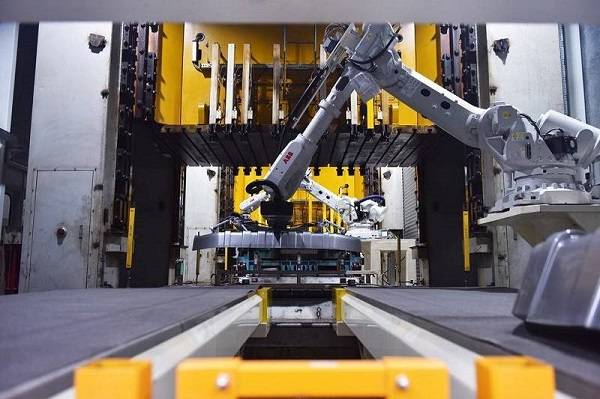
Requirements for Materials of Metal Stamping Parts
Accurate and Uniform Thickness
- Importance: Uniform thickness is crucial in metal stamping to ensure that the finished components meet specified dimensions and tolerances. Variations in thickness can lead to inconsistencies in the stamped parts, affecting their structural integrity and performance.
- Production Considerations: Achieving accurate and uniform thickness involves precise control of the stamping process, including the selection of appropriate die clearances, proper material feed, and consistent press settings. Quality control measures, such as real-time monitoring and adjustments, are often employed to maintain uniform thickness throughout production.
Smooth Surface with No Blemishes
- Importance: A smooth surface is essential for both aesthetic and functional reasons. Blemishes, spots, scars, or scratches on the surface of stamped materials can compromise the appearance of the final product and may lead to performance issues or weaknesses in the material.
- Quality Assurance: Quality control processes, such as visual inspections and surface testing, are implemented to detect and address any imperfections in the material surface. Surface treatments or coatings may also be applied to enhance the appearance and durability of the stamped components.
Uniform Yield Strength with No Apparent Directionality
- Importance: Consistent yield strength ensures that the material responds uniformly to the applied stress during the stamping process. Directional variations in yield strength could lead to uneven deformation, affecting the final shape and properties of the stamped parts.
- Material Selection: The choice of materials with isotropic properties (uniform in all directions) is preferred for stamping applications. This ensures that the material behaves consistently regardless of the orientation of the applied force, resulting in predictable and reliable stamped components.
High Uniform Elongation
- Importance: High uniform elongation allows the material to undergo deformation without failure, enabling the stamping process to shape intricate and complex forms. It prevents cracking or tearing during the deformation process, contributing to the overall integrity of the stamped components.
- Material Characteristics: Materials with high elongation values are selected to accommodate the stretching and forming involved in stamping. This property is especially important for parts with deep draws or intricate geometries, where a higher degree of material deformation is required.
Low Yield Strength Ratio and Processing Hardenability
- Importance: Low yield strength ratio and good processing hardenability facilitate the stamping process by reducing the force required for deformation and preventing excessive hardening of the material. This ensures that the material retains its formability and does not become excessively brittle during stamping.
- Material Modification: Alloy selection and heat treatment processes are tailored to achieve the desired balance of strength and formability. This ensures that the material is malleable enough to undergo the stamping process while maintaining the necessary strength characteristics in the finished components.
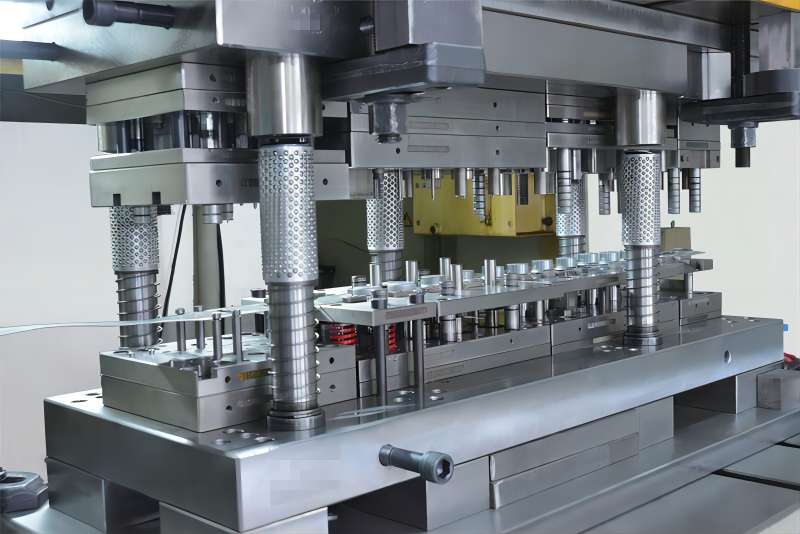
Applications of Metal Stamping Parts
Metal stamping parts find applications in various sectors, including:
- Daily and Household Items
Stampings are used in the production of everyday items such as pots, bowls, ladles, sinks, kettles, and other household goods. Additionally, household appliances like washing machines, air conditioners, refrigerators, and rice cookers incorporate stamped components.
- Industrial Metal Stamping
Industries rely on stamped components for a wide range of applications, including equipment enclosures, vehicle sheet metal, and parts for construction machinery. The versatility of metal stamping allows for the production of large and structurally sound industrial components.
- Stamping for Small Equipment
Precision stamping is employed in the production of small equipment parts, such as instrument and meter components, connectors, and other intricate elements. The precision and repeatability of stamping make it suitable for crafting small, complex components with tight tolerances.
- Specialized Stamping for Aerospace and Marine Applications
Aerospace and marine industries utilize specialized stamped metal parts for critical components in the construction of aircraft, ships, and naval vessels. These components often require high precision, durability, and specific material properties to meet stringent safety and performance standards.
- Automotive Industry Stamping
Metal stamping is widely employed in the automotive sector, especially for the production of components like auto body parts, especially in the form of deep drawing, . This includes fenders, hoods, doors, and other structural elements. The efficiency and cost-effectiveness of stamping make it a preferred method for shaping various automotive parts.

Conclusion
In conclusion, the characteristics of metal stamping parts, coupled with specific material requirements, make them indispensable in various industries. From everyday household items to critical components in aerospace and automotive applications, metal stamping plays a pivotal role in shaping the products we encounter in our daily lives. The precision, efficiency, and versatility of metal stamping make it a cornerstone in the field of hardware processing.

